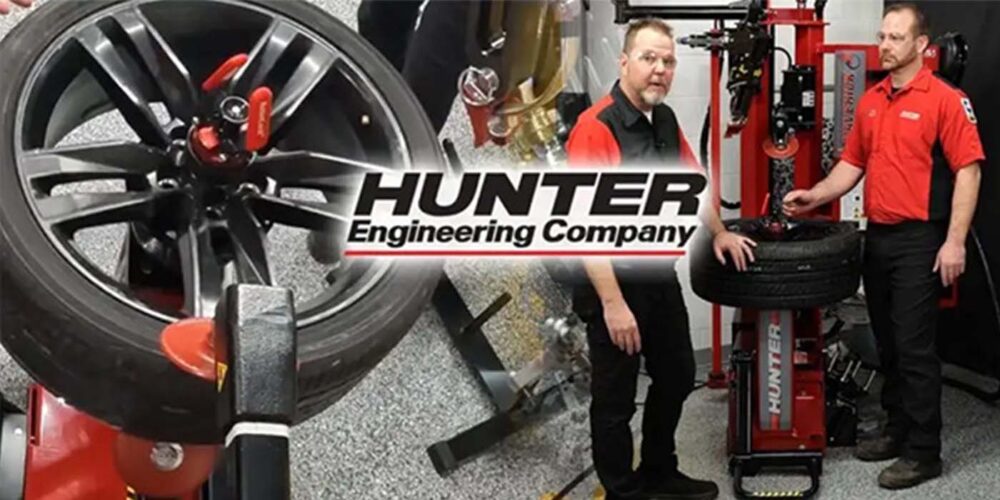Let’s face it, driving can be scary in bad weather, especially this time of year. Like most people, I don’t always feel completely safe driving if conditions are bad. But for many drivers, the problem isn’t slick winter roads, it’s the fact that they don’t know what tires are supposed to do. That’s why it’s important to distinguish “all-weather” and “all-season” tires for your customers.
Even though it may seem like it in the name, “all-season” tires aren’t four-season tires. When the temperature falls below 45 degrees, all-season tires stiffen, reducing road responsiveness and increasing the risk of slipping in challenging winter conditions such as snow and sleet.
All-season tires are designed to provide a good balance of performance in various weather conditions, including dry and wet roads. They are suitable for mild winter conditions, but may not perform as well in severe winter weather, especially in icy or snowy conditions.
On the other hand, all-weather tires are specifically engineered to handle a wide range of weather conditions, including winter. They will often carry the Three-Peak Mountain Snowflake (3PMS) symbol, indicating that they meet specific winter traction requirements. All-weather tires are designed to offer better performance in colder temperatures, snow, and icy conditions compared to typical all-season tires. This makes them a more versatile choice for drivers in regions with unpredictable weather patterns, including winter storms.
Similar to the 3PMS symbol, some tires carry an M+S (mud and snow) designation on their sidewalls. However, it’s important to distinguish these markings for your customers, in case they think an M+S symbol is enough for snow. Tire manufacturers aren’t required to prove any advanced level of snow or ice traction to include the M+S symbol – the tread just needs to look the part. However, tires with the 3PMS symbol have to prove that they’re at least 10% more effective in winter conditions than a typical all-season tire.
With this knowledge, ask questions to your customers and base your recommendations on their location, how much they drive and how they plan to drive when conditions get tough. These answers will help you offer the best all-season or all-weather tire option.
Don’t forget to follow us on Instagram and Facebook and subscribe to our YouTube channel for more tire, service and shop operations videos.













